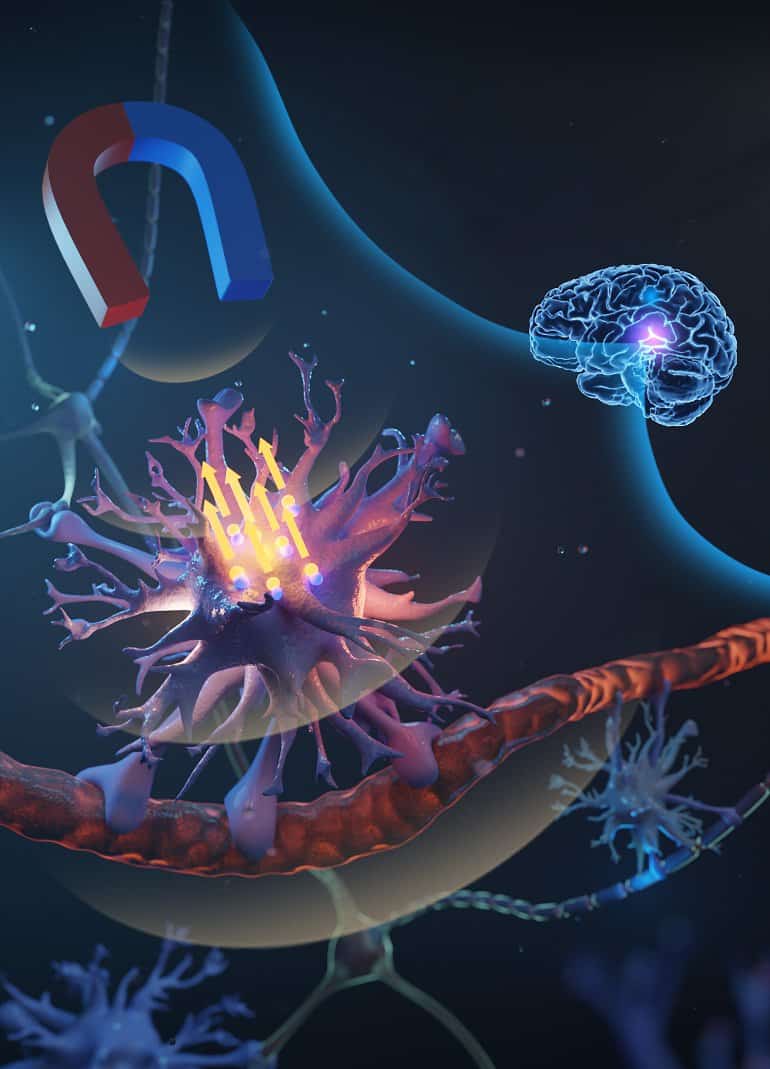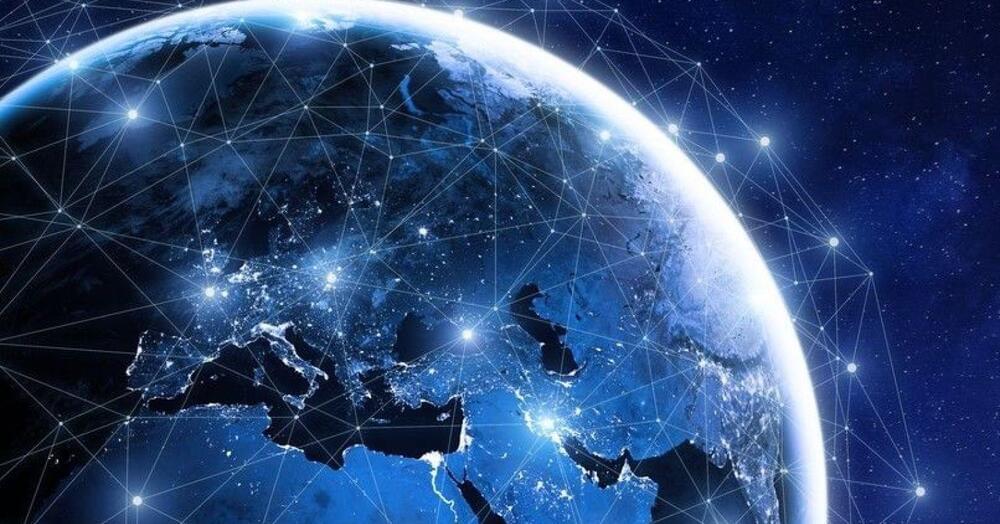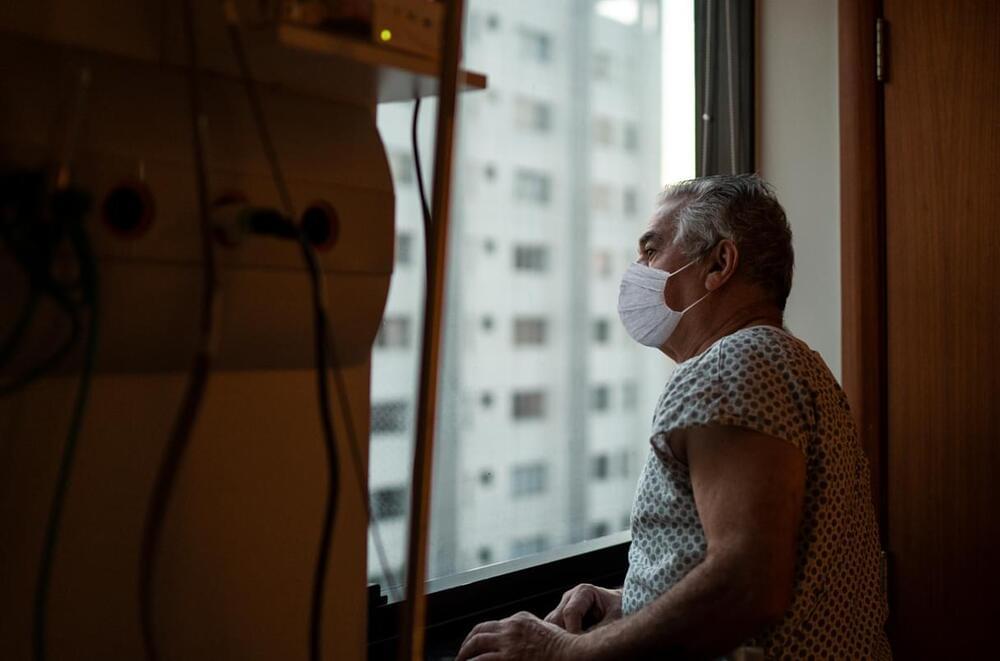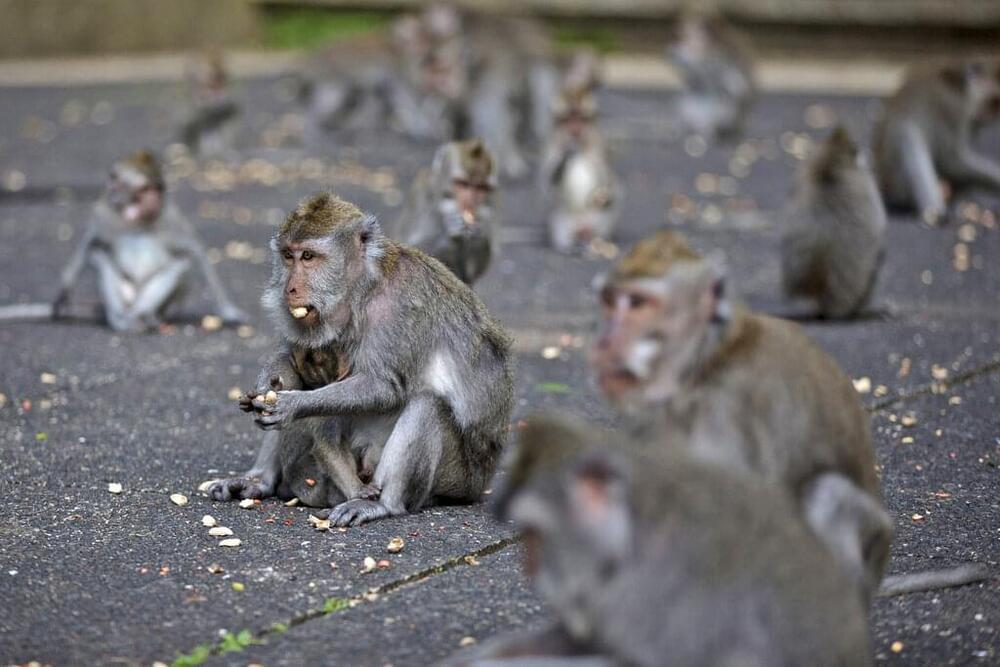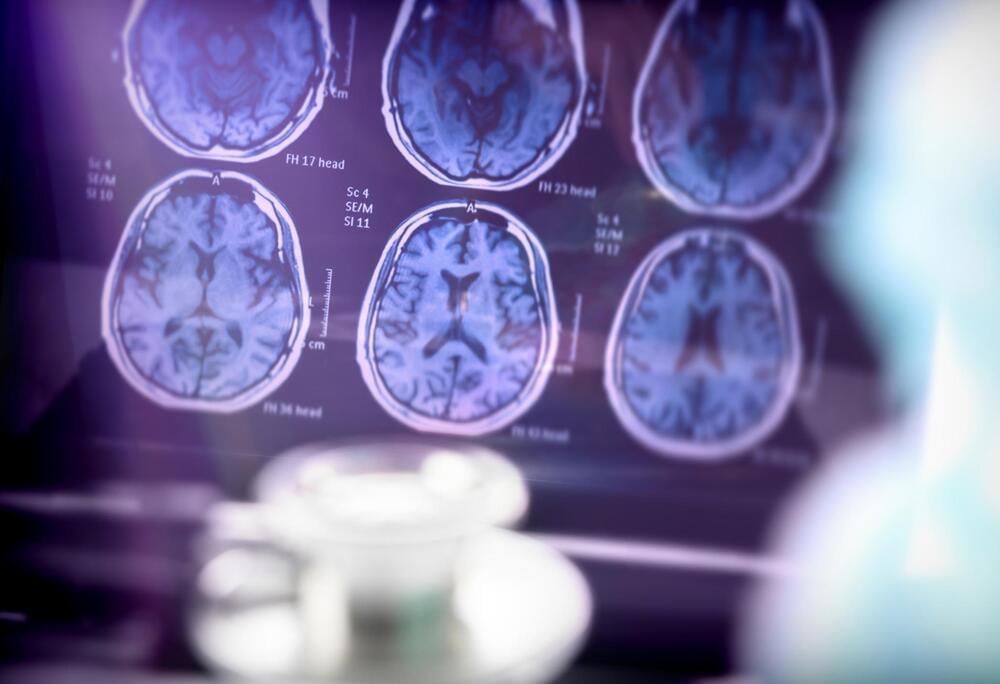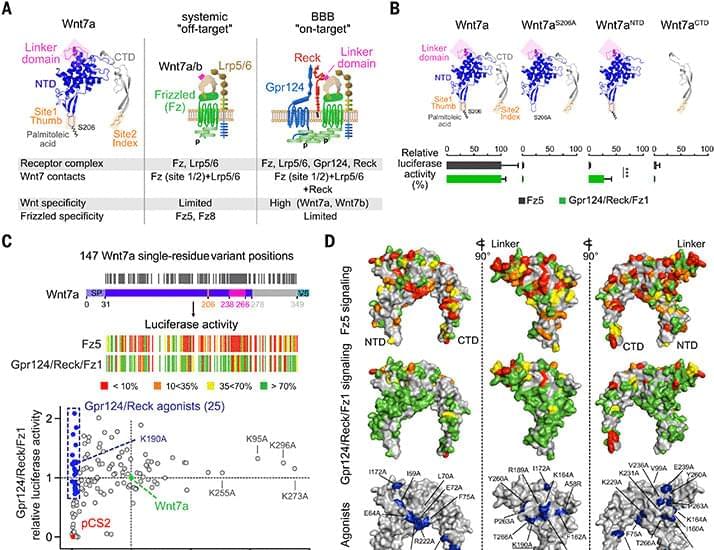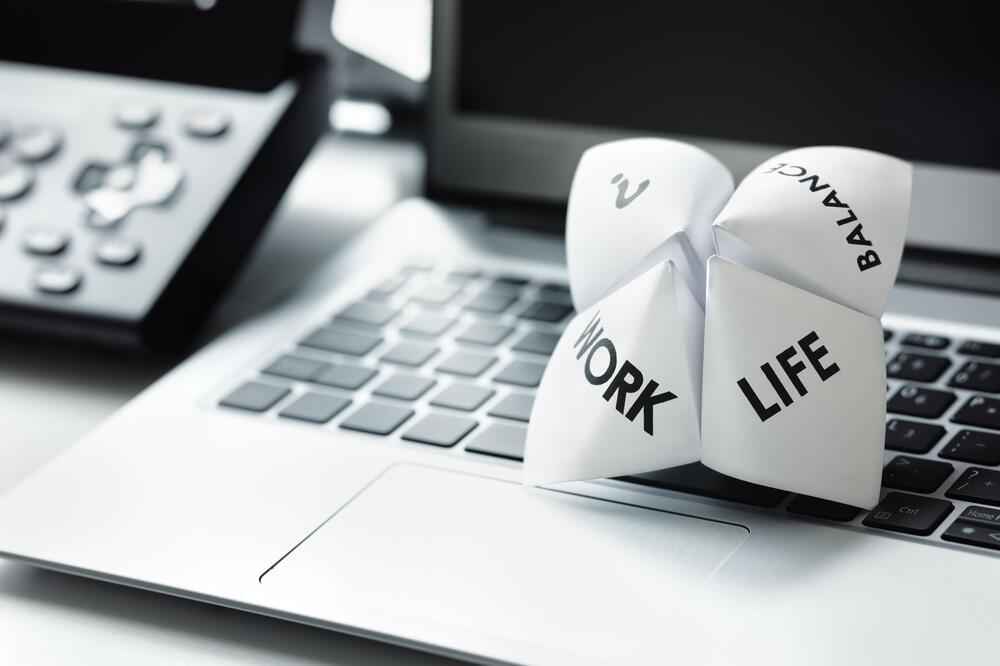A large new study shows people who contracted #COVID19 faced substantially higher risks of neuropsychiatric ailments 1 year later, including brain fog, depression, and substance use disorders.
Dozens of papers have examined the lingering mental health effects of COVID-19, but many have measured conditions such as depression and brain fog only a few months after infection. Now, a giant new study shows people who contracted COVID-19 faced substantially higher risks of neuropsychiatric ailments 1 year later, including brain fog, depression, and substance use disorders. The report, based on millions of people who used the U.S. Department of Veterans Affairs (VA) health system early in the pandemic, is published today in.
“Most of us experienced some sort of mental distress during the pandemic, but this shows that people with COVID-19 had a much higher risk of mental health disorders than their contemporaries,” says senior author Ziyad Al-Aly, a clinical epidemiologist at Washington University in St. Louis and chief of research at the VA St. Louis Health Care system. “It’s a wake-up call.”
Other scientists praise the study’s size. “The scale of … this study sets [it] apart … as well as the quality of the statistical methods used,” says Alex Charney, a neuroscientist and psychiatrist at the Mount Sinai Health System.
